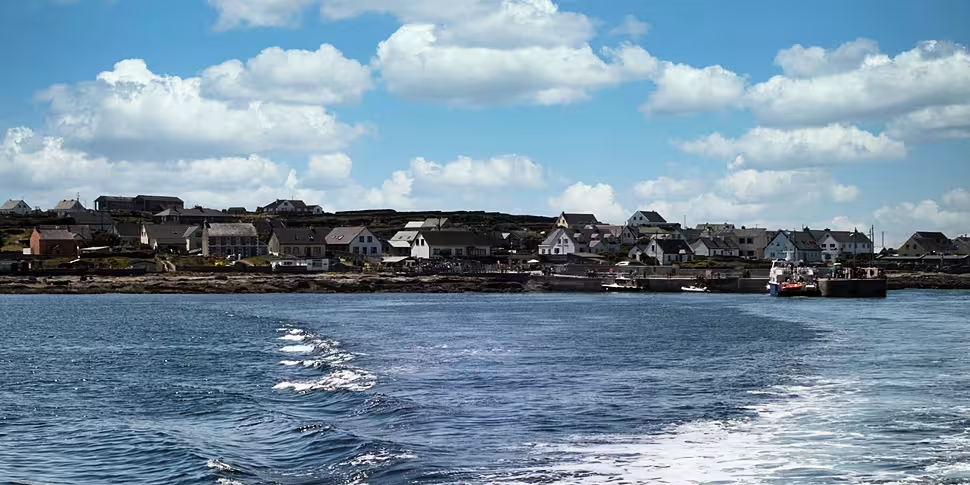The COVID-19 pandemic led to a “baby boom” boosted the population of one of the Aran Islands.
Inis Oírr island manager Chloe O’Malley is originally from Mayo but moved to the island in the middle of the pandemic.
The island is one of the three Aran Islands off the coast of Galway and has traditionally suffered from emigration - a trend that has reversed in recent years.
“The 2016 census is about 280 but we’re probably over 300 now,” Ms O’Malley told Lunchtime Live.
“We had a bit of a baby boom during COVID; I think we had 14 new children on the island.
“Some families managed to move back as well.”
 Chloe O'Malley: Cormac Coyne photography
Chloe O'Malley: Cormac Coyne photographyMs O’Malley first moved to the island for work experience when she was a student and moved to the island in 2020.
She says her work as island manager is “never boring” and locals have been very welcoming.
“There’s lots of variety in the job,” she said.
“We’ve a lovely community and a population of about 300 on Inis Oírr and we can get up to a thousand tourists daily, or two, three, four thousand in the peak of summer.”
'Beautiful lifestyle'
It is a similar story on Donegal’s Árainn Mhór, where island resident Jerry told Lunchtime Live the population has risen in recent years.
“I think COVID did help it in the fact that some of the young people especially - and older people - moved to the island [for] remote working,” he said.
“So, COVID hasn’t been a bad thing for the islands.”
Around 500 people lived full-time on Arainn Mhór but the population is boosted in the summertime when children come to study at the local Irish college.
Jerry says local have a “beautiful lifestyle” and recommends it as a place to raise a family.
“There’s a freedom to it,” he said.
“It’s really a great place to raise your children and to make your life on, absolutely.”
 Aerial view of Leabgarrow on Arranmore Island in County Donegal, Republic of Ireland.
Aerial view of Leabgarrow on Arranmore Island in County Donegal, Republic of Ireland.Earlier this month, the Government launched a National Islands Policy and Action Plan in order “to support vibrant and sustainable island communities”.
Included in the plan’s 80 proposals is a 20% increase in the grant given to those who restore derelict homes on offshore islands.
“The devil’s in the detail,” Jerry said.
“It’s a great initiative but really, I suppose, the big point here is that the extra that the islands are going to get with this is to offset, I think, the cost of getting materials to the islands.
“It’s 20% extra - simple as that - to build and get materials onto the island… It all has to come across on the ferry.”
The 2016 Census recorded there were 2,746 people living on Ireland’s offshore islands.
Main image: View of Inis Oírr Island. Picture by: Alamy.com









